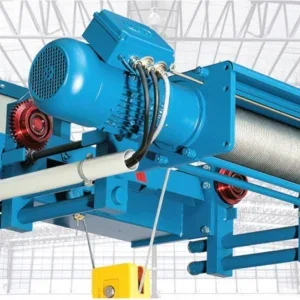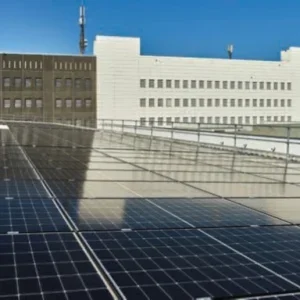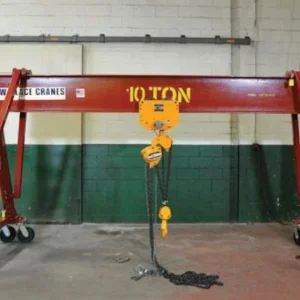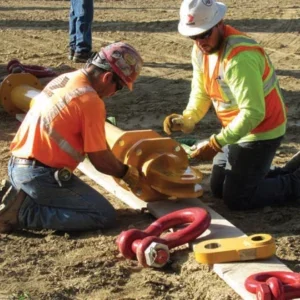Amanda Gardiner, MD, Durham Lifting, talks to Hoist about what it’s like working on some of the largest wind farms in the UK, continuing to develop its Multisec Range of products and green energy.
She said the company roots began when her father had an engineering and fabrication company in Teesside and traded in oil and gas. The sector was of great interest to Gardiner and they created a company based in Co Durham, providing local companies with lifting equipment.
“The business in 1996 was stable and supported by loyal customers, who valued our expertise, qualifications and advice, clients take a hard line approach to pricing and cost savings. Since then, we have moved into a digital era like nothing ever seen before, with the advancement of mobile phones and online shopping, opening up a whole new world for selling overseas and promoting international and national trade,” she said.
“Being a manufacturer of beam and crane systems for many years, the move into offshore wind was natural for us as clients were requesting similar items, but the size and scope of our work changed significantly.
“We have worked on some of the largest wind farms in the UK and have a proven track record that spans 15 years, where we have put together some technically difficult lifting arrangements working with new products, such as synthetic ropes.
“Rampion was a personal favourite using dyneema slings for the first time, sourcing products well in excess of 1000 tons. Watching ourselves and our suppliers break the mould with new technologies and working at loads never seen before is extremely exciting.”
She added testing offshore equipment is at the heart of everything it does and equipment is tested in line with British standards, whether it is equipment it has manufactured, or clients’ goods that require testing before use.
And yes, its Testbed was originally used for testing the girders on Sydney Harbour Bridge.
“The testbed was built in 1926 by Dorman Long a famous bridge building company based in Teesside in the early 1920’s. Structures from the Sydney harbour bridge were loaded and produced here on Teesside. The testbed was originally steam driven; this was changed to hydraulic circa 1950. It’s a great historic building,” said Gardiner.
Talking about the future, she added, green energy is still a huge driver for the UK industry and it will be interesting to see the developments of wave technology. Climate change pressures will increase demand for sustainable, non-fossil fuelled energy.
As well as this, the company is continuing to develop its Multisec Range, looking for an international distributor and it is about to launch two new products for the offshore and subsea sector.
“Having worked in the sector a long time, short delivery timescales are second nature to us and complex lifting arrangements can be engineered in a couple of hours. Goods are prepared and shipped off to the client even in the shortest of delivery requirements, having an extensive stock onsite helps us achieve tight deadlines,” she said.
“Offshore wind is definitely here for the longterm. It will continue to develop and the North East of England will remain a significant global player. There will be extensive decommissioning of older plants, which has already started and the introduction of more efficient wind farms.”






